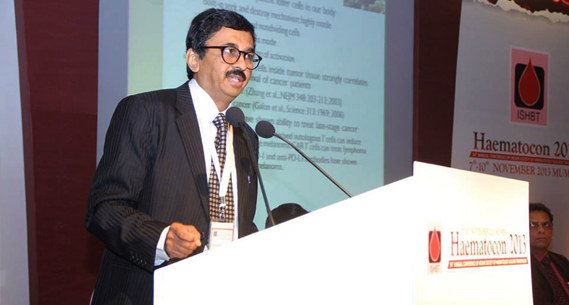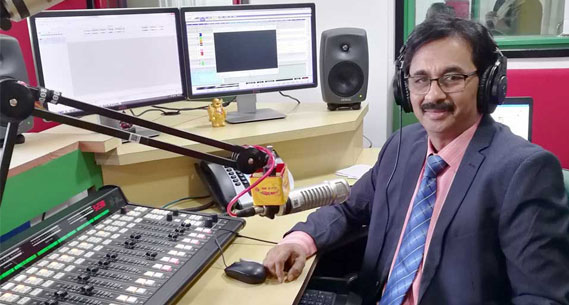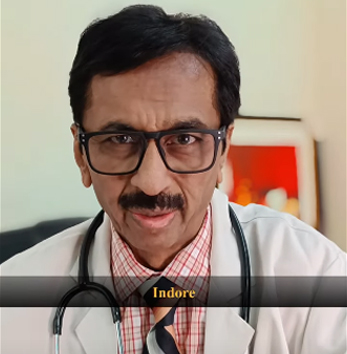
Talk on Radio Mirchi Indore.
Spoke about how genetically modified foods are causing cancer. We modify the life style of our patients so that cancer does not come back. Breakthrough new treatments including immunotherapy are helping cure more cancers. Cancer treatment is increasingly becoming affordable with cheaper drugs widely available.
Video Gallery
Our Health Blog

Let’s know more about cancer !
• What is cancer and how does it start? Learn about the causes of cancer.
Read More
Right food can cure cancer
Presentation on Diet Modification to reverse aging, prevent and cure cancer, heart disease, diabetes and dementia at Ujjain District...
Read More
Talk on Radio Mirchi Indore
Spoke about how genetically modified foods are causing cancer. We modify the life style of our patients so that cancer does not come back....
Read More
Why sugar is bad for your brain?
Sugar is bad for your brain! Researchers have found that high levels of fructose can cause disrupted insulin...
Read More
New hope in lung Cancer!
At a time not so far ago, lung cancer was considered totally incurable and quickly fatal.
Read More
Winning over multiple myeloma!
Myeloma is a common form of blood cancer. Common features are fatigue, anemia,
Read More
Don't give platelets in dengue fever
A study done in Singapore confirmed that giving platelets in dengue fever does not help.
Read More
Raghav Dangaya
My wife developed acute myeloid leukemia one year ago. We got treatment by Dr anil Singhvi in general ward for total 5 months.
Read more...

Divyesh Shrivatava
I want to say by my heart that Singhvi Sir is next to GOD for me . I would like to say thanks in the rest of my life to Singavi sir because he inspired me to overcome tough time.
Read more...

Dharmendra Singh
I was suffereing from very low platelets of 10,000 since 6 months. Treatment of other doctors in Ujjain and Indore had failed.
Read more...

Prashant Sharma
मुझे 2009 में टेस्टिकुलर टयूमर हूआ था फिर डा अनिल सिंघवी से मैने ईलाज करवाया था। चार महीने के ईलाज के बाद में पूर्ण रूप से स्वस्थ हो गया था ...
Read more...

Tanishk Vishwakarma
My son Tanishk is 11 years old. He was found to have sickle cell anemia. He used to have frequent body pains and anemia.
Read more...

Trupti
had pain in the throat and fever in 2009 and my blood counts were found to be abnormal.
Read more...

Ravishanker Vishwakarma
I am 20 years old and resident of Nasrullaganj. I had fever in 2011 and blood tests showed leukemia..
Read more...

Rohit Bhavsar
I live in Sehore and my platelet counts fell in December 2015. Local treatment was taken for 15 days but no results..
Read more...












